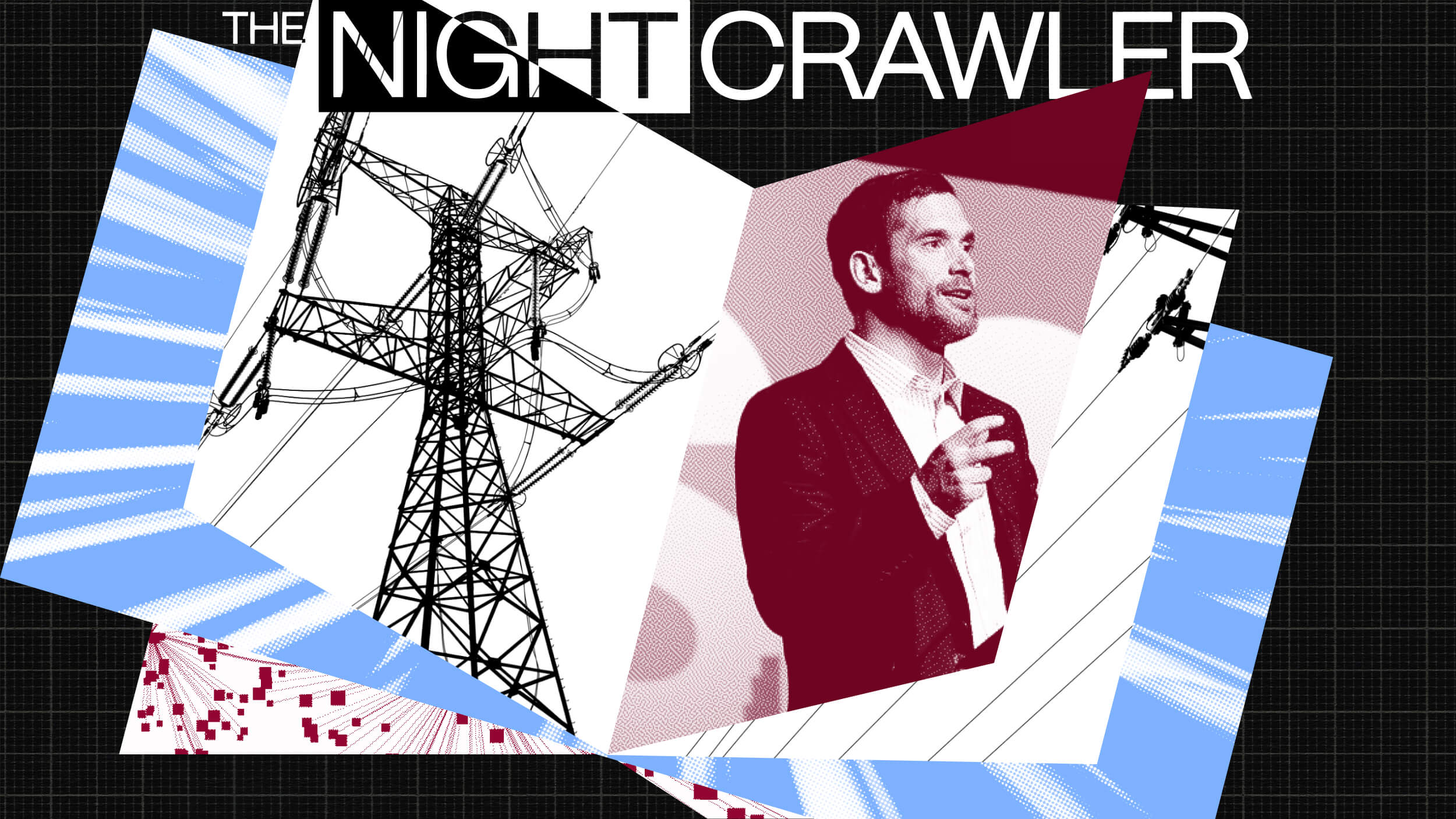Creating fictional people that seem real requires, among other things, writing a final draft in which you “take out all the lies.”
Question: How do you makernyour characters seem real to you?
rnrnAnne Lamott:rnWell, that’s a good question. I’vernknown these people for a long time. rnI started Rosie in 1980, so that’s 30 years ago; I was going, oh,rn that’srn15 years ago now. Is that 30 yearsrnago? 1980—oh my God. And Irn can honestly say in this case,rnthis little girl with black curls and enormous Siamese blue eyes came uprn to mernand tugged on the sleeve of my shirt and I saw her and I knew her name.
rnrnAnd it turns out, my father had a character named rnCaseyrnFerguson 30 years before that in one of his novels and I don’t even rnrememberrnreading it, but I loved the name. rnI thought, this was great.
rnrnAnd then I wanted to write about alcoholism becausern I’m arnsober alcoholic, but I wasn’t at the time; I got sober in 1986. But I was so fascinated by what wasrnhappening in my interior landscape that this wonderful, adorable, rnreligious,rnhigh-achieving person simply could not stop drinking, if I had one. I wanted to write about that partly forrnmy own salvation. And then all ofrna sudden one day, there was a knock at the door of the Ferguson house rnand they’rerna lonely family; the father has died and Elizabeth, the mother, is shy rnandrndepressed. And there’s this big zaftig woman withrn a kind of Gibson Girl haircut and she’s new in thernneighborhood and she has decided that she and Elizabeth are her new bestrnfriends. And so, then one day, sherntricks Elizabeth into going to a backpacking trip, but she really rnminimizesrnwhat it will involve and Elizabeth is just enraged; she’s not a backpackrn sortrnof girl. But they meet these twornguys and get drunk with them up at the campfire, and she ends up rnmarryingrnone.
rnrnSo, little by little they reveal themselves to you rnif you’rernopen and receptive to what would be the truth of their lives and their rnarc andrntheir thinking and their growth, or their setbacks. Myrn main problem is that over and overrnagain, I try to get all my characters to say stuff that I think is so rnwitty orrnerudite you know, so that everybody will go, whoa, that Anne Lamott isrnlike so brilliant, and then I have to go through and take it all out. I do a final draft where I go throughrnand I take out all the lies.
rnrnBut you get to know them little by little and you rndon’trnalways know. It’s like real life,rnyou don’t know the answer, you don’t know, God or life or your own rnpsyche doesn’trnhave a magic wand and you ask something and all of a sudden receive the rnanswer,rnit’s a process. And, little byrnlittle, I can answer the questions of my characters predicaments and rnwhat theyrnmight reasonably come up with as a response to crises.
rnrnQuestion: How do yournbalance autobiography and fiction?
rnrnAnne Lamott: Everybodyrn assumes that almost everything I write about that has a teenager in it rnis arndirect telling of something that Sam went through, which is not the rncase. I mean, I’m the teenage girl drugrnaddict. I love drugs. I rnsmoked the non-habit-formingrnmarijuana every day for about 20 years, and so people—I’m powerless overrn whatrnother people assume to be either fact or not, and so people assume that rnstuff Irnwrite about in novels happened... and mostly the emotional truth of the rncharactersrnare autobiographical because I’m the only person I know all that well, rnandrnmostly what happens in the novels never happened in real life.
rnrnThen with “Imperfect Birds,” I had five young womenrn who havernall been very druggy, and have mostly grown out of it with one rnexception, and Irndid very long and extensive interviews with them and I would ask them, rnwhyrnwould you do this with the guys, what do you get in return? Why would you do that drug if it keepsrnleaving you so crazy and in so much trouble? I rnknow the answer to that because it’s mood altering andrnanything is better than feeling small and kind of afraid all the time.
rnrnBut I had these five sources that really helped mernunderstand the psyche of the American druggy girl and a high-achieving rndruggyrngirl. And then I have been arnparent of a teenager, and I talked to a lot of the other parents and I rnsaid,rnwhy did we not—how did we not notice this or that or the other? Why were we so afraid? So, Sam rnhas certainly given me bad, badrnnights and left me wanting to just claw at my own throat with rnexasperation andrna feeling that no worse parent had ever existed, except for maybe rnJeffreyrnDahmer’s mother.
rnrnBut I think that’s what all novelists do. You draw on your own material and yourntalk to as many people as you can.
Recorded April 6, 2010
rnInterviewed by Austin Allenrn





